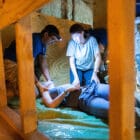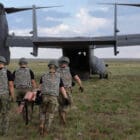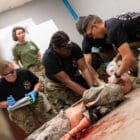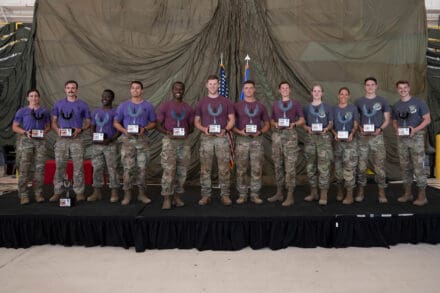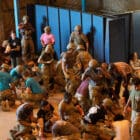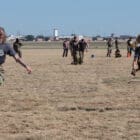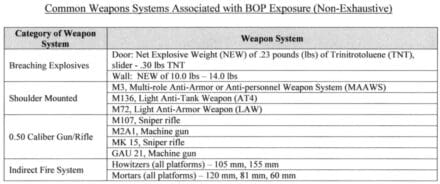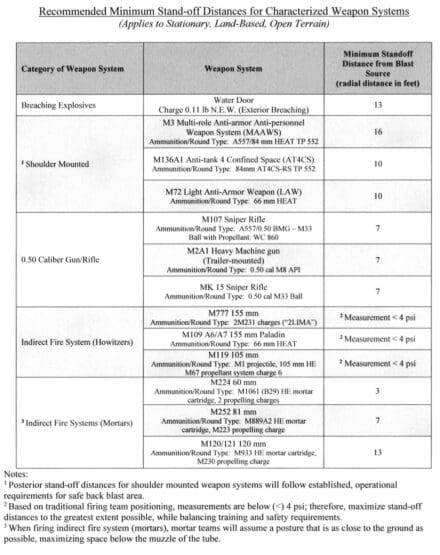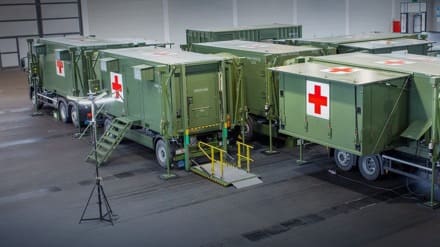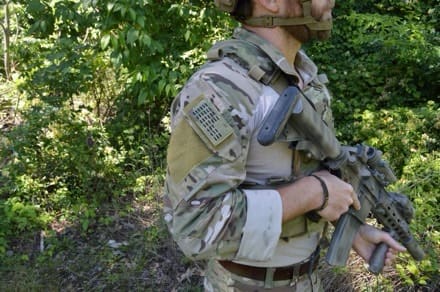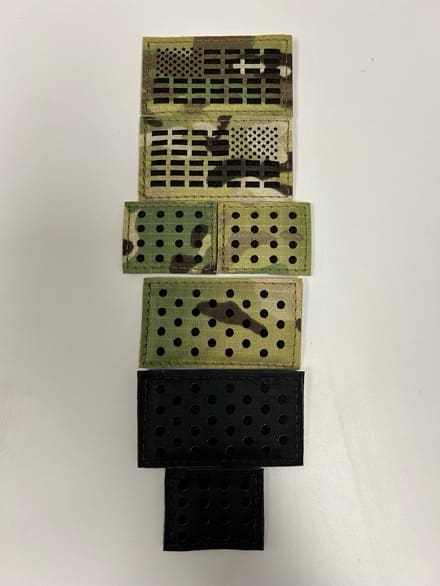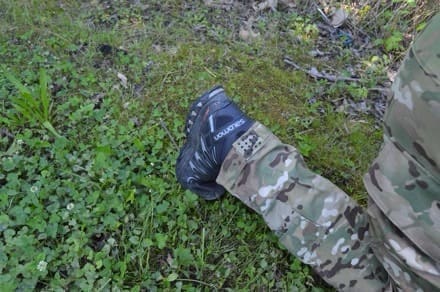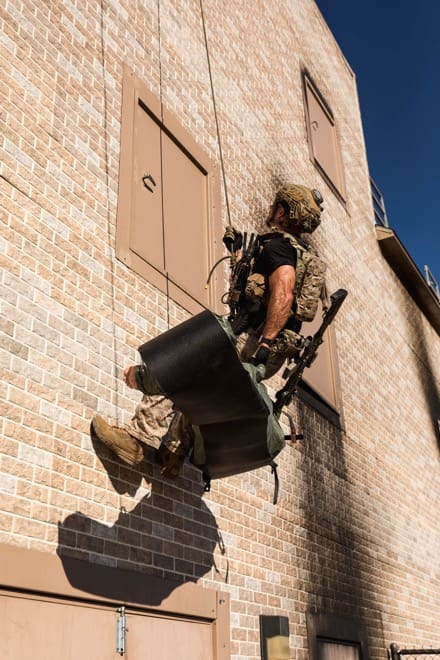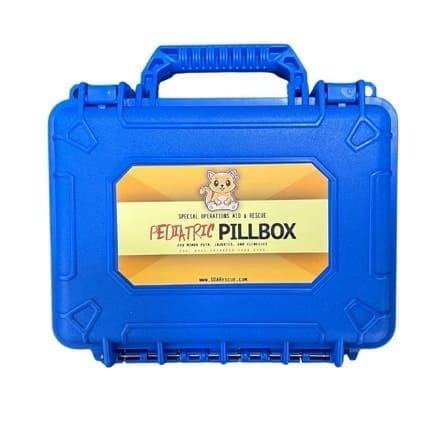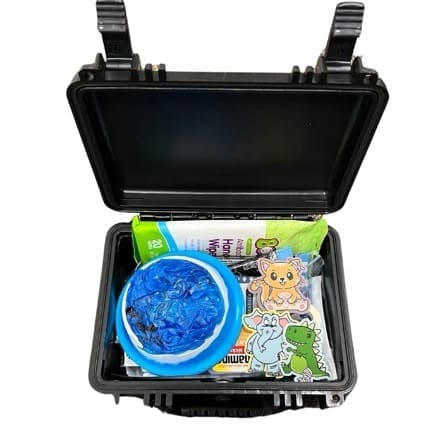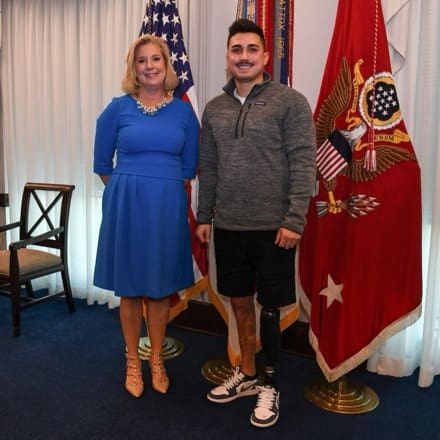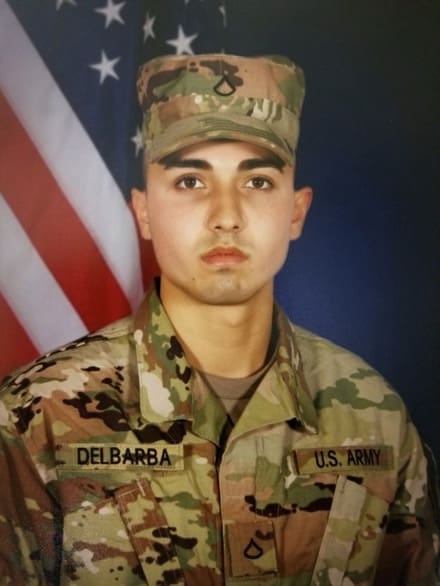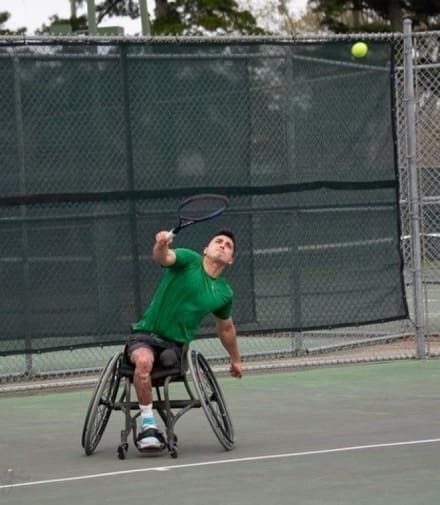CANNON AIR FORCE BASE, N.M. (AFNS) —
The 27th Special Operations Wing hosted the 15th annual Medic Rodeo at Cannon Air Force Base, Aug. 12-15. Eighteen teams from across the Air Force traveled to Curry County for several days of challenging training scenarios intended to give them tactical combat casualty care training.
The event took place at the Cannon Permanent Exercise Facility and Melrose Air Force Range. Objectives at hand were directly relevant to the Air Force-wide Medic-X strategic initiative that drives proficiency in 52 skills for every Air Force medic – including those not directly involved in patient care. These skills are especially critical to ensure the Air Force’s readiness for the next fight.
Deployed scenarios were split into three segments that mirrored TCCC’s phases: Care Under Fire, Tactical Field Care, and Prolonged Field Care.
“You can tell what we are doing with our TCCC is paying dividends,” said Col. Melissa Dooley, Air Force Special Operations Command surgeon general. “That inspires confidence when I think about the future fight and great power competition.”
After two days of challenges and scenarios, all the teams were brought together to compete in the Air Commando Challenge, a physically intense relay in the sweltering heat.
“We train to fail,” said Tech. Sgt. Christopher Gilbert, independent duty medical technician with the 86th Medical Group at Ramstein Air Base, Germany. “So, when we do it for real, we don’t fail.”
Once the competition was over, one final challenge was thrown at the medics – a chaotic mass casualty exercise intended to see the various teams work together to save lives. The exercise took place in a dark hangar with nearly 50 casualties to assess, treat, and save.
After days of mental and physical challenges, competitors from Eglin AFB’s 96th Medical Group emerged victorious, followed closely by Ellsworth AFB’s 28th Medical Group in second place. The team from Cannon AFB’s 27th Special Operations Medical Group came in third.
Last year’s competition brought the U.S. Army to assist the 27th SOMDG’s IDMTs as evaluators. This year, a team of U.S. Navy and U.S. Marine Corps medics were invited to help provide feedback and joint perspective, including the incorporation of the Marine Corps Valkyrie Threshold blood transfusion, which provides whole blood as a resuscitation fluid and boosts the chances of survival for casualties that are hemorrhaging.
“I’m excited to see how Medic Rodeo continues to evolve and incorporate Medic-X and our TCCC training,” Dooley said. “Competition always motivates us and accelerates us to the level we need to be.”
By Senior Airman Drew Cyburt, 27th Special Operations Wing Public Affairs


